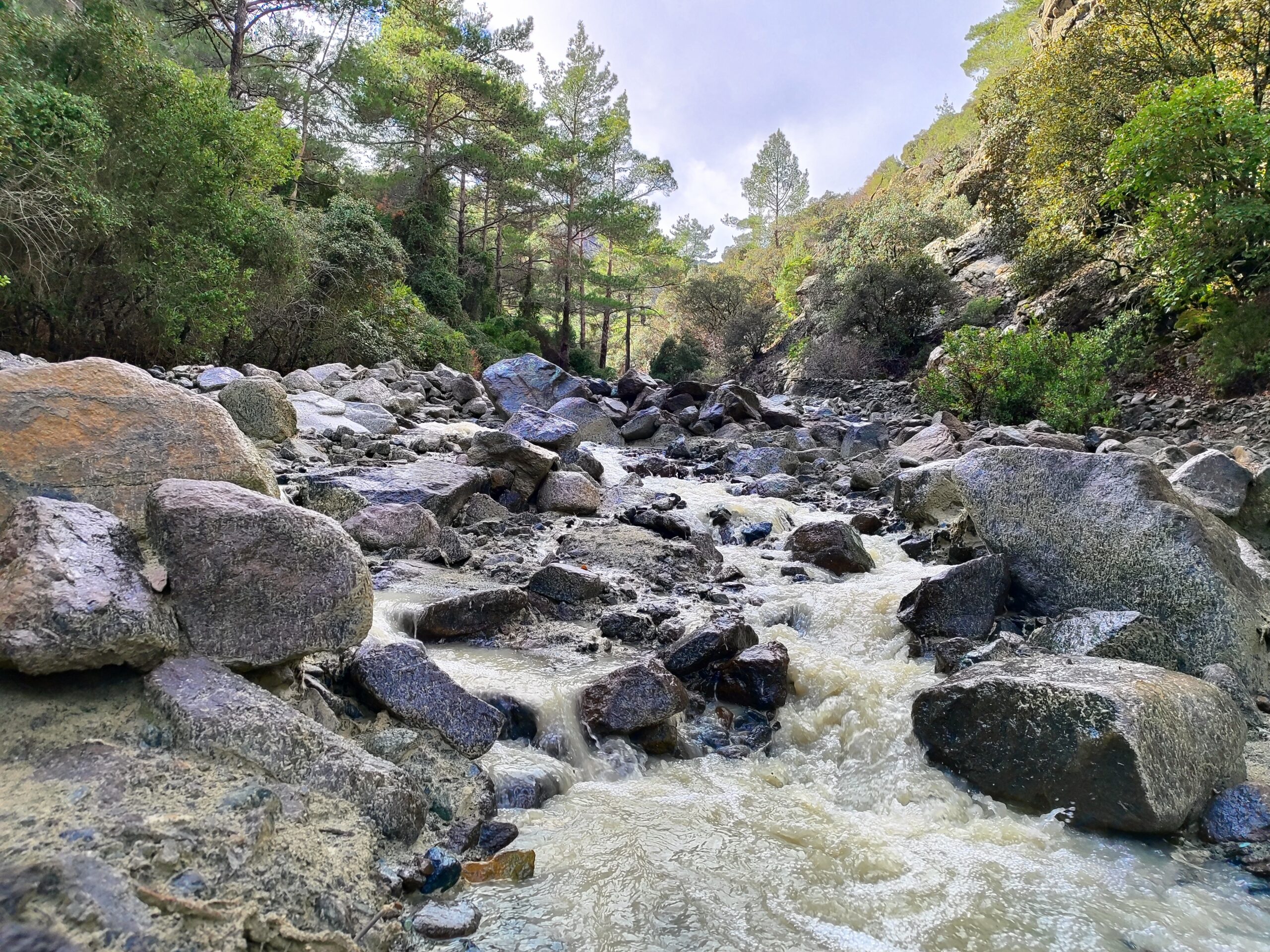By Konstantinos Perikleous
Cyprus is a unique place in terms of wildlife, with high biodiversity in plants and animals, of which many are endemic. That is, they are found only in Cyprus and nowhere else in the world. The observed high biodiversity is a result of many factors but one of them, is the island’s geological features which resulted from a unique and often admired geological past.
Now to understand this relationship between the two, it’s important to understand what biodiversity is and how the geological uniqueness and diversity of the island came to be.
When we refer to the term biodiversity, we refer to the variety of species and living organisms on our planet including animals, plants, fungi, and bacteria that work together in what we call an ecosystem, maintaining balance and supporting life. Many among us don’t see the immediate importance of biodiversity in our everyday lives but, in fact, biodiversity is very important as it supports everything in nature that all living species (including humans) need to survive, such as clean water, food, shelter and even medicine.
One of the factors that can greatly affect the biodiversity of an area is its geology and geomorphology, and that is the case also in Cyprus, especially in Troodos. The mountain range of Troodos has a unique geology which derived from its formation. Troodos is part of an ophiolite complex which is an uplifted fragment of oceanic crust which formed around 92 million years ago at 8000m below sea level at the bottom of the Tethys Ocean during the Cretaceous period. At about 20 million years ago, in the Neogene period, the island of Cyprus started to be uplifted from beneath the sea when the African plate subducted under the Eurasian plate. The uplift was uneven, and it was centred around Mount Olympus which resulted in the exposure of ophiolitic rocks above the surface of the sea. With constant exposure and erosion of the sediments that were formed above Troodos at the time, the lower layer got exposed on the surface revealing the upper mantle of our planet. In addition, since the ophiolite of Troodos was so well preserved and not metamorphosed during the uplift means that it is a unique geological feature that attracts geologists from all around the world to study it.
This unique geology and topography of Troodos, along with the presence of many rivers that origin from the area, do not shape just the local landscape but also the biodiversity of the area. How so?
The erosion of the large variety of rocks found in the area created fertile soil which resulted in the development of the unique mountain flora of Troodos and that is one of the reasons why Troodos Mountain is the richest area in Cyprus in terms of flora and it is considered one of the most important mountain habitats throughout Europe.
This flora created the habitats of Troodos which consist of:
- Pine forests
- Golden oak shrublands
- Juniper woodlands
- Cyprus cedar forests
- Troodos serpentinophilous grasslands
- Troodos peat grasslands
- Riparian forests
- Thickets
The high biodiversity is then also expressed in high levels of endemism. In fact, on the whole island of Cyprus, there are a total of 143 recorded endemic flora species from which 92 are located in Troodos.
37 out of those 92 endemic species are found only within the Troodos Geopark and nowhere else in Cyprus or the world. This is due to the fact that these species were developed and evolved on the unique geology of Troodos. Such plants are:
- Troodos chamomile (Anthemis ploutonia)
- Troodos Alyson (Alyssum troodi)
- Cyprus Alyson (Alyssum cypricum)
- Arenaria saponarioides
- Arumprupicola
- Astragalus echinus subsp. Chionistrae
- Vincetoxicum canescens
Going one step further, the same way that flora is linked to geology, the fauna of an area is also linked to the flora. Troodos’ unique habitats host a variety of animals such as mammals, birds, reptiles and invertebrates from which some are endemic. Some of the endemic species found in Troodos are the Cyprus mouflon (Ovis gmelina ophion), the hedgehog (Hemiechinus auratus dorotheae), the Cyprus mouse, the Cyprus whip snake (Hierophis cypriensis), the Cyprus wheatear (Oenanthe cypriaca), the Cyprus warbler (Sylvia melanothorax) and the Cyprus beetle (Promomacrus cypriacus).
Notably and due to all the reasons described above, Troodos was inducted in the European and Global Unesco Geopark Network in 2015. It was also recognised as a unique World Heritage Site due to its unique geology that shaped unique natural environments hosting rare and endemic species and those two combined created a rich cultural history with unique customs, traditions and folklores inspired by Troodos environment itself.
So, next time you go for a hike in Troodos, don’t think only of how unique YOU are, which is the case, but also how unique your surroundings are. Not only because of the living things around you but also the rocks that lay below you.




